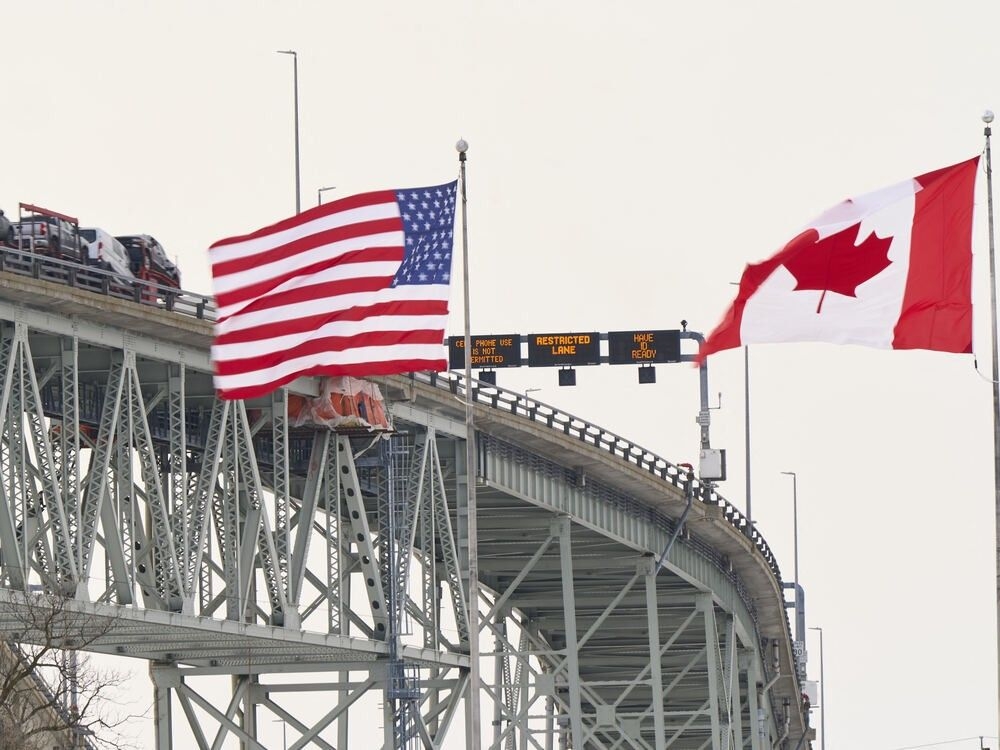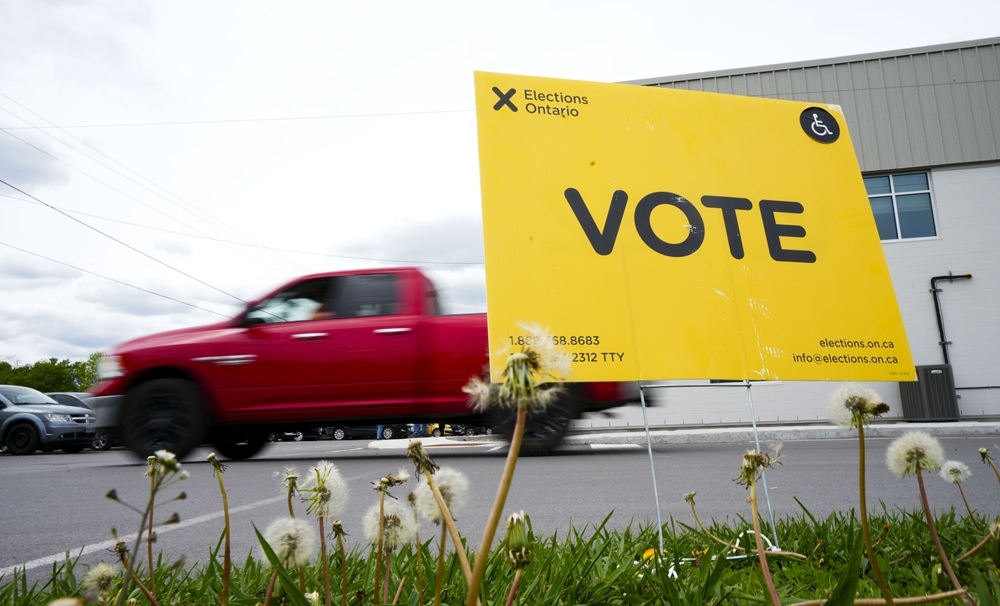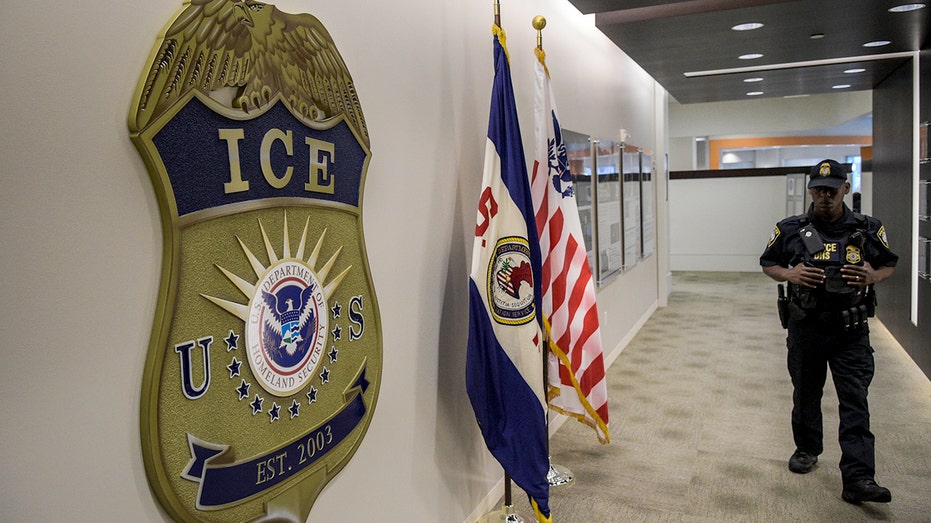
OTTAWA — All non-American citizens — including Canadians — may be subject to having their photographs taken upon entering and leaving the U.S.
New Department of Homeland Security rules published to the U.S. federal register on Monday include the change which the U.S. government described as a measure to ensure visitors aren’t overstaying their visas.
“This final rule amends Department of Homeland Security (DHS) regulations to provide that DHS may require all aliens to be photographed when entering or exiting the United States, and may require non-exempt aliens to provide other biometrics,” says a summary posted online.
The new rules are an expansion of previous DHS directives enacted in 2020, which proposed collecting biometric data from non-residents entering and exiting the United States — part of larger efforts to expand automated and manual data collection at border crossings, airports and other ports-of-entry.
U.S. officials have collected biometrics from visitors for decades
DHS and U.S. Customs and Border Protection officials have collected biometric data from certain visitors to the United States since at least 2004, but until now, no system has been in place to collect such data from others leaving the country.
Recommended video
“Implementing an integrated biometric entry-exit system that compares biometric data of aliens collected upon arrival with biometric data collected upon departure helps address the national security concerns arising from the threat of terrorism, the fraudulent use of legitimate travel documentation, aliens who remain in the United States beyond their period of authorized stay (overstays) or are present in the United States without being admitted or paroled, as well as incorrect or incomplete biographic data for travellers,” says the rule’s brief posted online and published to the federal register.
“An integrated biometric entry-exit system provides an accurate way to verify an individual’s identity, and, consequently, can improve security and effectively combat attempts by terrorists who use false travel documents to circumvent border checkpoints.”
Developing a comprehensive database of visitors will allow DHS to identify those who overstay their visas, or identify those in the country unlawfully, the note says.
Comparing photographs with existing records will also make entering the U.S. using somebody else’s credentials more difficult, it adds.
Such programs have faced backlash from some U.S. lawmakers, including a bipartisan group of U.S. senators who last year pushed for restrictions on the Transportation Security Administration (TSA’s) use of facial recognition technology , citing privacy concerns.
Full program won’t be rolled out for several years
Photos taken of passengers will be compared to existing photographs of the traveller already in DHS databases, including those from passport or visa applications, or previous interactions with border protection staff.
While the policy is set to come into effect Dec. 26, DHS said entry/exit photography systems at airports and sea ports need three to five years before they’re fully implemented.
No details have yet been provided on the means of collecting these photographs, but the note stated that different systems would be needed due to the differing designs at land, air and sea ports-of-entry across the country.





